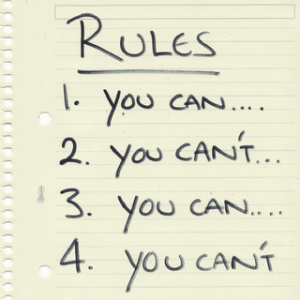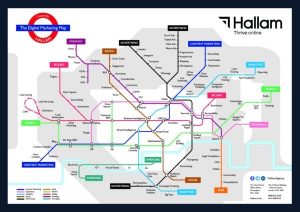Here are the key points under contention in the most significant anti-trust case of this century,

The Department of Justice made a pretty damning argument in its anti-trust case against Google. Judging by the government’s closing summary, the tech giant seems to have done everything wrong if it didn’t want to look like a monopoly.
This is, of course, a very biased view. However, it’s worth looking at to understand the basis for the lawsuit. Here, using slides from the DOJ’s summary, are the main points of the case.
Market share
The Federal Trade Commission defines a monopoly as “conduct by a single firm that unreasonably restrains competition by creating or maintaining monopoly power.”
Market share is the first thing courts consider when determining if a monopoly exists. While having a 50% market share can mean there is a monopoly, judges generally require at least a 60% to 65% market share.

That 89.2% is the average of desktop and mobile search. While that is very lopsided, it is even more so when you look at the two separately.

How was that market share gained?
The next criterion for determining monopoly is how the company achieved/maintained its dominant position. There is no problem if this came by legitimate business practices — “a better product, superior management or historic accident,” to quote the FTC. As someone around when Google launched in 1998, I can attest that it was a gigantic improvement over other search engines. This is why, by 2002, the company had an 80% search market share.
But, is that how it maintained that position?
The Justice Department claims it is because Google paid other companies to make its search engine the default setting.

Or, as Google itself put it:


In 2022 the company paid Apple $ 20 billion to be the default on iPhones — the chief competitor of Android, Google’s mobile phone operating system.

The government argues this tactic not only preserved market share, it also prevented other search engines from getting the data needed to create competitive search engines.


This data is so important to Google that it designed its Chrome browser to collect it even in the supposedly private Incognito setting.

The benefits
The DOJ says Google was able to exploit its dominance to strong-arm other companies and set prices without having to consider what competitors might do.

The search engine dominance made Google a prime location for digital advertising. Our colleague Danny Goodwin takes a deep look at that in his article “How Google harms search advertisers in 20 slides.” It is important to note here what Google itself said about the advantage it gained by this.

INL (a Reddit acronym for “I am not a lawyer”), so it is quite possible Google’s defense team was able to refute all the points made here. Both sides of the case are now waiting for the judge to come back with his decision about who was right and who was wrong.
The post Is Google a monopoly? The DOJ’s case in 11 slides appeared first on MarTech.
(12)
Report Post









